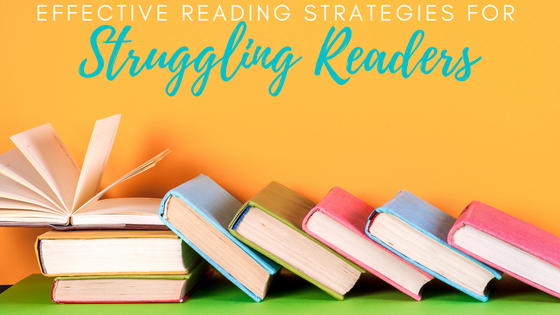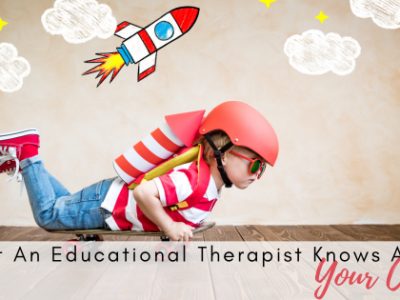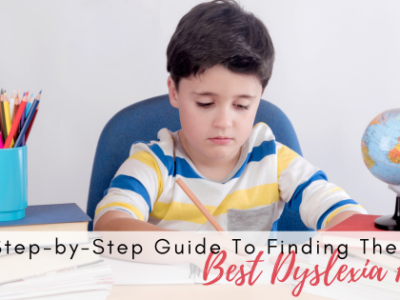
How To Find Effective Reading Strategies For Struggling Readers
According to the Literacy Project, the number of books in a home correlates significantly with higher reading scores for children. But what if you have a child who is struggling to read? Without effective interventions and strategies, all those books might go untouched. Thankfully, in addition to some techniques you can put into place on your own, there are professional resources available to help you find effective reading strategies for struggling readers.
Explore your reader’s interests: It’s essential to encourage learners to seek out material that engage even the most reluctant reader. Offer exposure to different materials for independent reading such as comics, graphic novels, magazines, and a variety of fiction and non-fiction books at varied levels. All kinds of print and visual texts can capture interest and push a struggling reader to want to learn more.
Assess your reader to gage specific needs: Knowing where to begin is half the battle. Testing and diagnosis can be pivotal for a student’s future. Dyslexia on Demand reviews comprehensive evaluation reports and academic samples from students and also conducts diagnosis testing for dyslexia. Then, Certified Academic Language Therapists (CALTs) administer academic skills tests for baseline data. The student’s individual performance informs diagnostic and prescriptive interventions.
Seek intensity: For great results, frequency matters when it comes to reading strategies. Services offered through Dyslexia on Demand offer expert one-on-one or small-group intervention with high frequency over a sustained period of time. This intensive approach to therapy with repeated practice and performance can result in better understanding, accuracy, comprehension, and fluency.
Appeal to your student’s senses: Have you ever tried sky writing? Stretch your arm out, and use your pointer and middle finger to write all the letters of your name in the air. This is just one multisensory approach to learning language. Through programs with Dyslexia on Demand, CALTs integrate visual, auditory, and motor processing with understanding the structure of the English language.
Rely on Results: Knowing exactly how much progress your reader is making helps strategies adjust to become more effective. At Dyslexia on Demand, CALTs teach the application of the English language structure, creating a foundation for oral and written language skills. These skills include accuracy, fluency, comprehension, spelling, and written expression.
Go Online: Seek information from trusted reading sources. Webinars offered by Dyslexia on Demand cover a range of topics from Accommodations and Assistive Technology to Dyslexia Therapy topics. You can also search for the Dyslexia Handbook online (or in print), an 83-page booklet that is one of the most important resources for anyone associated with dyslexia.
Call a CALT: A Certified Academic Language therapist can personally guide a reader through systematic instruction for reading and spelling. Their familiarity with Orton-Gillingham method for reading make their work truly foundational. Reach out to a CALT at Dyslexia on Demand or through the ALTAREAD.ORG database.
Dyslexia on demand’s online programs can change the lives of struggling readers. Work with CALTs can help students to develop more confidence and even a stronger interest in reading. Reading instruction is essential, but pandemic times have exacerbated reading struggles for K-12 students. Professionals at Dyslexia on Demand offers targeted, intensive instruction and effective reading strategies to help students find moments of success and joy through reading. Learn more here.







